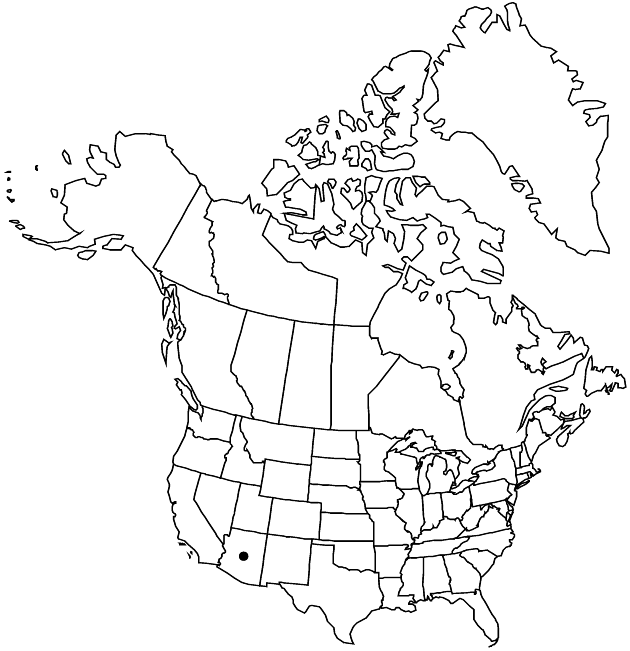Hymenoxys jamesii
Madroño 40: 43. 1993.
Biennials or perennials, 30–120 cm (monocarpic; sometimes with sparingly branched, woody caudices). Stems 1–4(–20), usually purple-red-tinted proximally, branched distally, ± hairy. Leaves: blades simple or lobed (lobes 3–9), ± hairy, gland-dotted; mid leaves lobed (lobes 3–5, terminal lobes 0.8–2.2 mm wide). Heads (30–)50–180(–330) per plant, in paniculiform to corymbiform arrays. Peduncles 1.3–5 cm, ± hairy. Involucres subhemispheric to campanulate, 4–7 × 4–8 mm. Phyllaries in 2 series, unequal; outer 8–10, basally connate 1/3 their lengths, ovate to lanceolate, 2.9–5.5 mm, apices acuminate to acute; inner 8–14, obovate, 2.8–4.2 mm, apices mucronate. Ray florets 7–9; corollas yellow, 4.2–8 × 2.3–5 mm. Disc florets 30–75+; corollas 2.4–3 mm. Cypselae narrowly obpyramidal, 1.6–2.1 mm; pappi of 4–5(–8) usually obovate, sometimes aristate, scales 0.8–2.1 mm. 2n = 30.
Phenology: Flowering (Jun–)Jul–Aug(–Sep).
Habitat: Roadsides, open areas, edges of juniper-pine forests
Elevation: 2000–2400 m
Distribution

Ariz.
Discussion
Of conservation concern.
Hymenoxys jamesii is known from the Mogollon Plateau area.
Selected References
None.